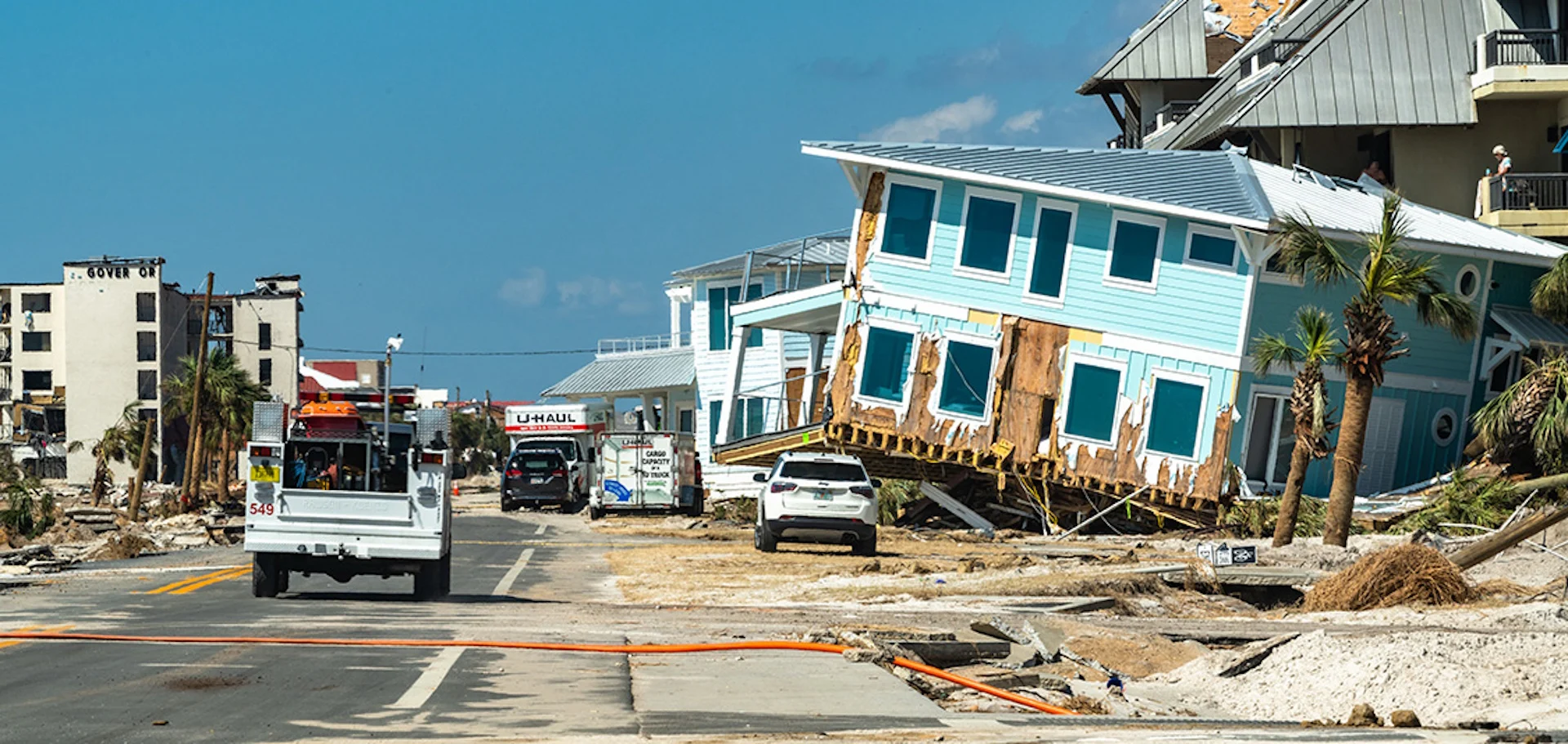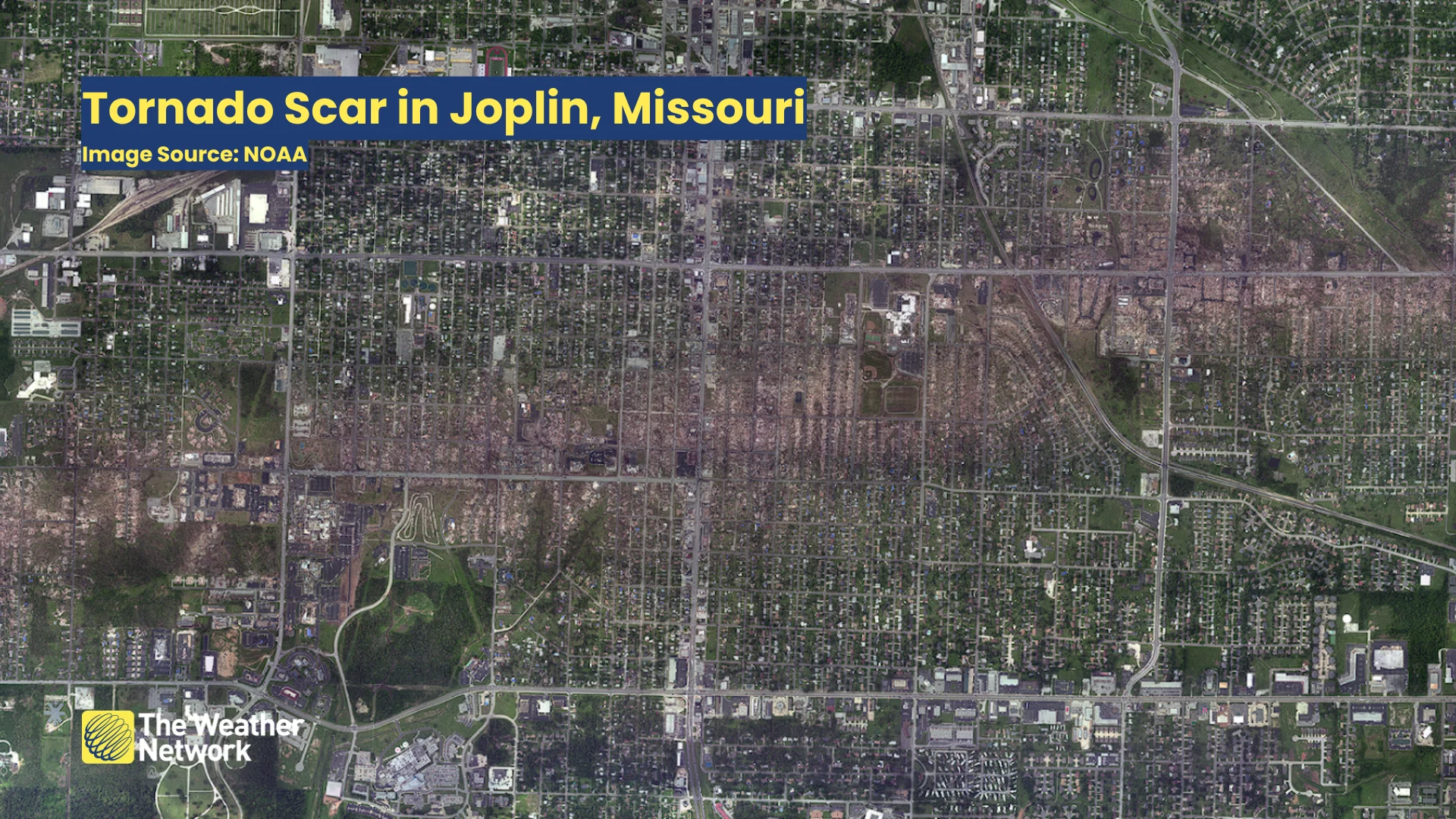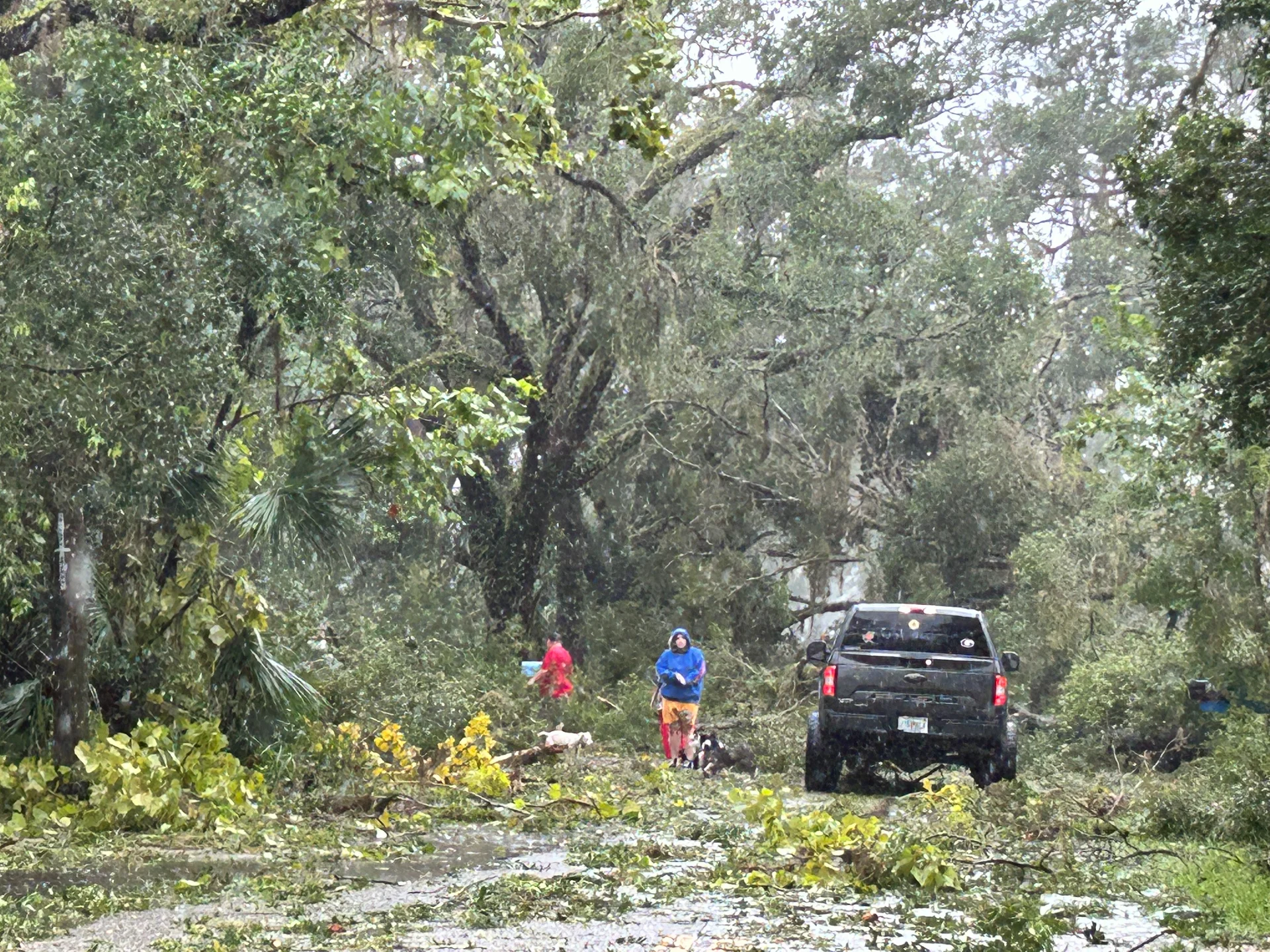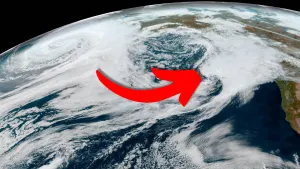
Are hurricanes like giant tornadoes? Why their damage is so different
Tornadoes and hurricanes are both destructive storms that are often compared to one another. But are they really that alike?
Tornadoes and hurricanes are two of the most destructive forces our skies can produce.
The sheer ferocity of these storms draws a natural comparison between one another. It’s not uncommon to hear a huge hurricane described as a “500 km wide tornado” to emphasize the grave danger to folks in the path of the storm.
But is there any truth to that myth? Tornadoes and hurricanes can produce comparable damage, but each type of storm has characteristics that make them uniquely destructive to communities in harm’s way.
DON'T MISS: The frightening reason violent EF-5 tornadoes are so rare
Tornadoes suck up rather than blow down
If a hurricane is like a giant fan that blows for hours, a tornado is like a vacuum cleaner that wreaks havoc in seconds.
The defining, destructive characteristic of tornadoes is that they suck wind upward as much as they blow wind around in circles. This upward motion is responsible for the vast amount of damage they can produce in short order.
Take a look at any tornado damage footage and you’ll see a pattern to how structures tear apart. The roof often lifts up and peels back first, allowing winds to crumple the remaining walls with ease.

Tornadic winds are also much more intense than those found in hurricanes. An EF-3 tornado can grow stronger than a scale-topping Category 5 hurricane. Few structures are capable of withstanding that kind of force—even for just a couple of seconds.
And then there’s the size difference. Tornadoes range from as small as a parking spot to as much as four kilometres wide. The largest tornadoes sometimes feature smaller whirls known as suction vortices that can cause localized damage. These suction vortices are often responsible for the well-known phenomenon of a tornado skipping one house only to destroy the home next door.
WATCH: 2023 tornado rips up roofs in Ottawa
Hurricanes exert brute force on entire communities
Hurricanes can roar ashore with a wind field that measures hundreds of kilometres from one end to the other. Hurricane Helene measured nearly 700 km across when the intense storm hit Florida in September 2024.
Even though the strongest winds in a hurricane are usually confined to a small portion of the eyewall, these storms can produce destructive winds across entire communities. Hundreds of thousands of homes and businesses can suffer major damage after a particularly large and intense storm makes landfall.
MUST SEE: Why focusing on a hurricane’s category is downright dangerous

Damage in Florida left behind by Hurricane Idalia in August 2023. (Mark Robinson)
Unlike tornadoes, hurricanes pack little upward component in their powerful winds. This makes structures less prone to immediate failure than if they were hit by a tornado of comparable strength.
But what a hurricane’s winds lack in immediate destructive potential is more than made up for in brute force. The powerful and persistent gusts in a hurricane cause widespread damage by applying cumulative stress to structures, trees, and power lines alike.
The end result is less intense wind damage than you’d see in the aftermath of a tornado, but spread out over a much wider area than you’d ever see a tornado touch. Is it fair to compare hurricanes to giant tornadoes? Not quite, though the distinction is little more than splitting hairs if you’re hit by one of these ferocious storms.
Storm surge is a hurricane’s ugly, deadly secret
Hurricanes do pack an ugly secret that tornadoes don’t. One of the most destructive aspects of a landfalling hurricane is the storm surge. Water is a greater force than any winds found in nature.
Storm surge flooding is the result of a storm’s powerful winds pushing seawater inland. A storm surge can reach as much as 6 metres above ground level, sometimes washing away entire coastal communities in a matter of minutes.

Hurricane Ike caused this storm surge damage to Texas’ Bolivar Peninsula in September 2008. (NOAA)
The sheer force of rushing water can sweep a well-built house clean from its foundation, leaving nothing behind but a concrete slab. Even the most intense tornadoes struggle to entirely wipe away a single home, let alone entire neighbourhoods in one fell swoop.
Many of history’s worst hurricanes, including storms like Katrina and Ike, left their mark through the immense storm surges they pushed ashore.
Header image of Hurricane Michael damage courtesy of NOAA/FEMA.










